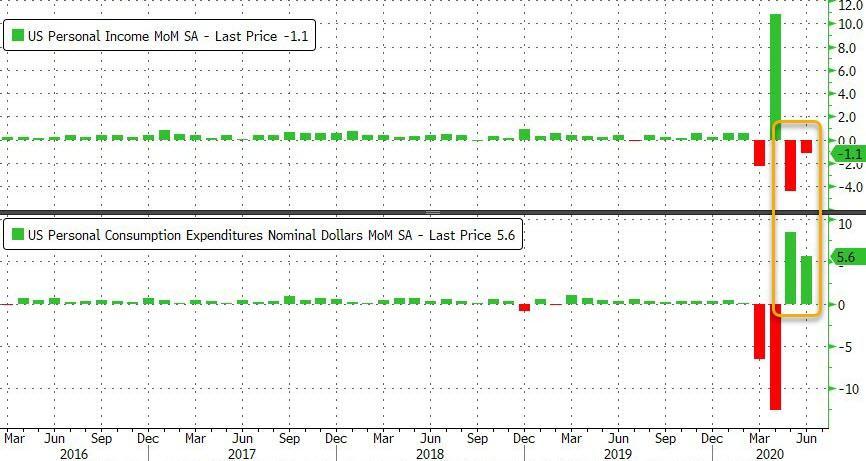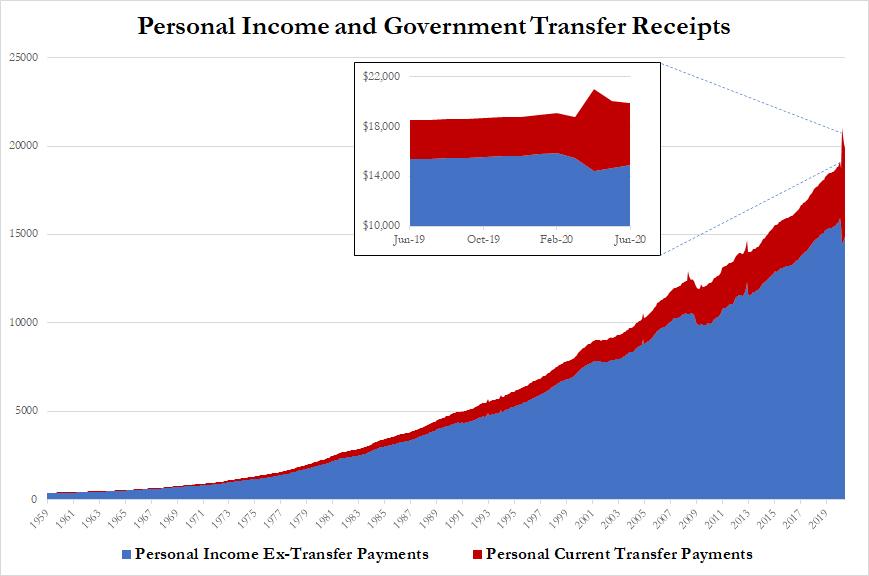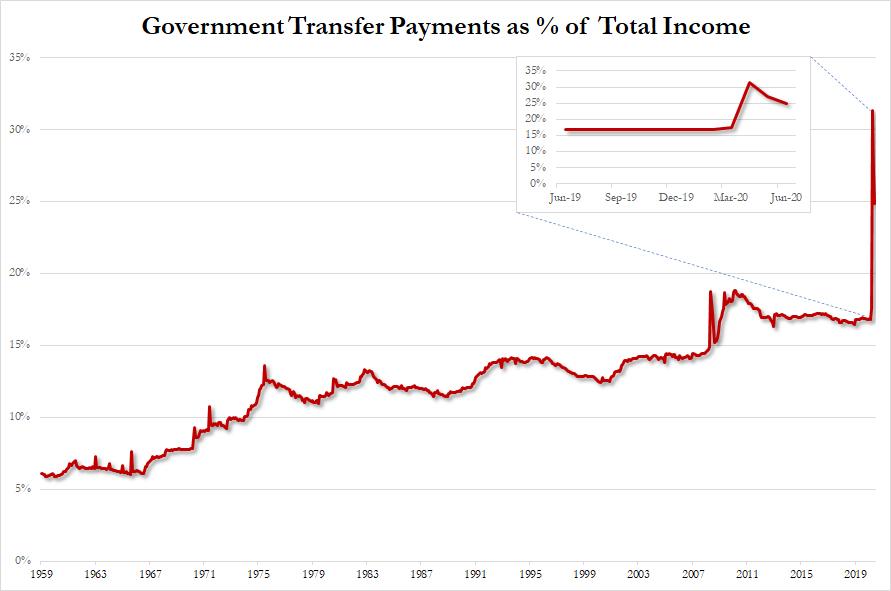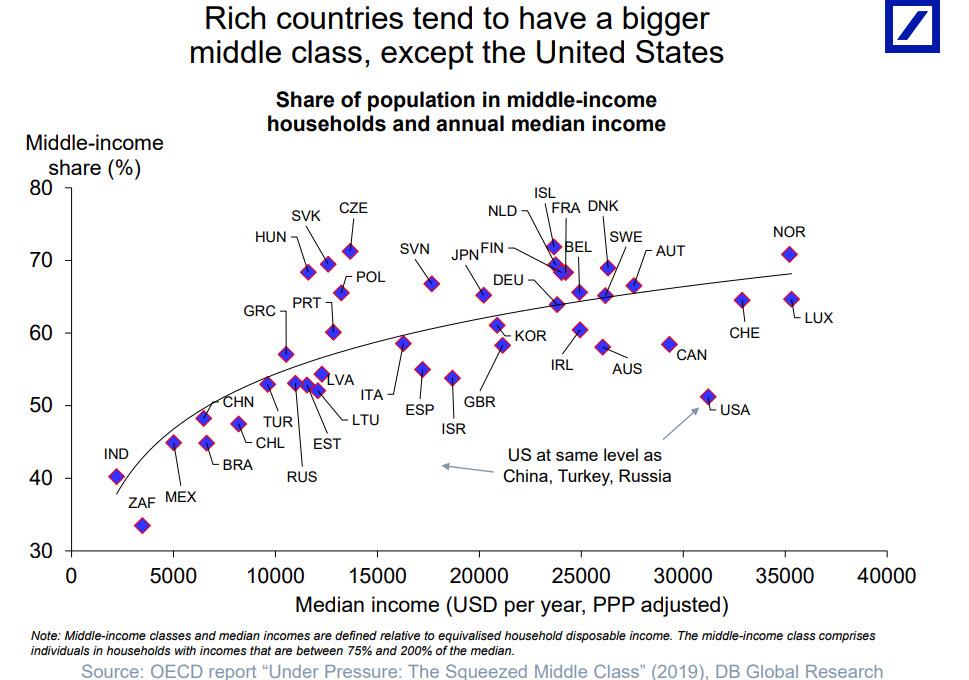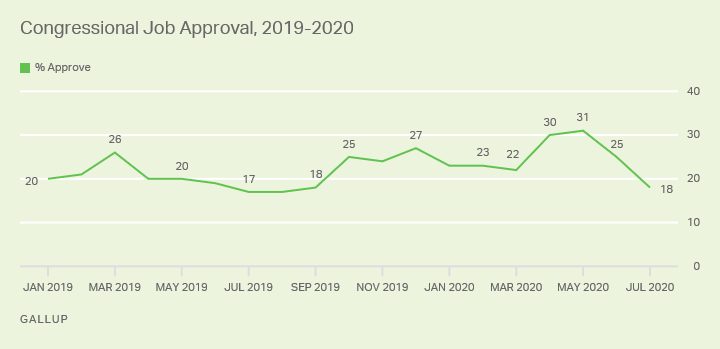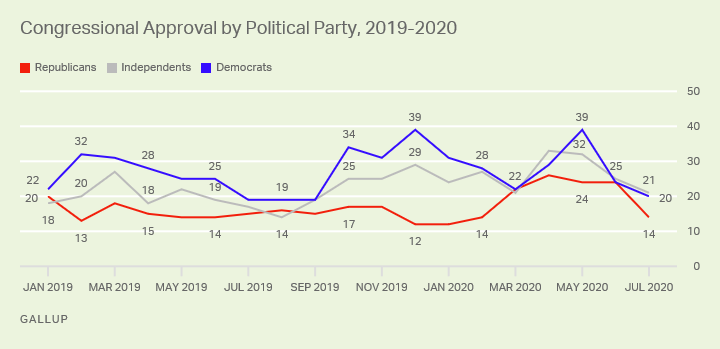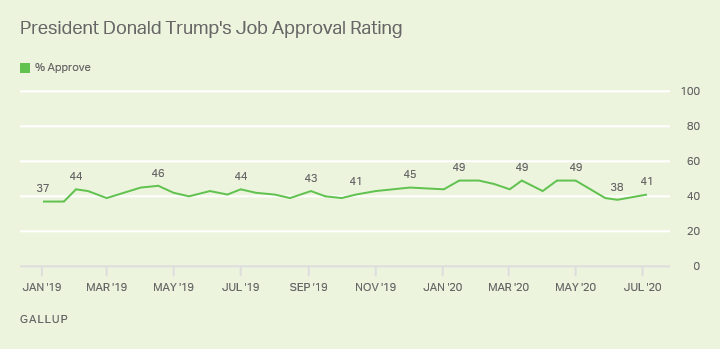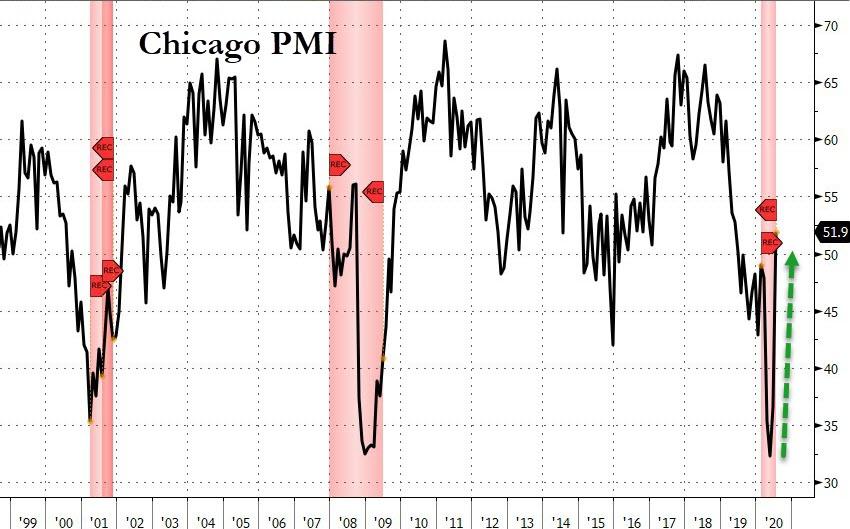Is Facebook and Twitter drama crowding out political news? Spend even a small amount of time on social media and it may seem like no one shuts up about politics and current events. But all that chatter doesn’t mean better-informed news consumers, reports the Pew Research Center.
Analyzing Pew polls conducted from October of last year through June 2020, the center found that “those who rely most on social media for political news stand apart from other news consumers in a number of ways. These U.S. adults, for instance, tend to be less likely than other news consumers to closely follow major news stories, such as the coronavirus outbreak and the 2020 presidential election. And, perhaps tied to that, this group also tends to be less knowledgeable about these topics.”
The Pew analysis first looked at how people learn about political news these days, finding that TV is people’s top source. This was followed closely by Internet sources—including news websites, apps, and social media—with radio trailing quite a bit behind and print news in last place.
More than 40 percent said their primary source is the internet, with 25 percent saying their most common source is news websites or apps and 18 percents saying social media. Slightly more—45 percent—said TV is their primary political news source. Of those, 16 percent each said their top news source was cable or local news, and 13 percent cited network TV. Eight percent cited radio and three percent print sources.
TV news viewers, unsurprisingly, were older, with social media news consumers skewing younger:
• People at ages 65 and up make up just three percent of those who cited social media as their top news source. It was the top choice for 48 percent of people aged 18 to 29, and for 40 percent of those aged 30 to 49.
• Age 65 and up made up the largest share of print news, network TV news, and cable TV consumers, while 50- to 64-year-olds made up the largest share of respondents who primarily get news through local TV.
• Thirty- and fortysomethings were mostly likely to use news websites or apps as their primary political news source and also most likely to get news from the radio.
More on the demographics of news consumers here.
Interestingly, the social-media-first group tended to pay the least attention to election news, coronavirus news, and other political goings-on. For instance:
As of early June this year, just 8% of U.S. adults who get most of their political news from social media say they are following news about the 2020 election “very closely,” compared with roughly four times as many among those who turn most to cable TV (37%) and print (33%).
The only group with a level of engagement that is similarly low is U.S. adults who get their political news primarily from local television, 11% of whom are following election news very closely. This is a common thread throughout the analysis: The social media group and the local TV group are often comparable in their lower levels of engagement with and knowledge of the news.
It should come as no shock, then, that local TV and social media news consumers also did less well on Pew pollsters’ questions about political positions and current events:
While at least four-in-ten individuals who turn mainly to news websites and apps (45%), radio (42%) and print (41%) for news fall into the high political knowledge category, the same is true of just 17% of those who turn most to social media. Only those in the local TV group scored lower, with 10% in the high political knowledge category.
But when it comes to conspiracy theories—such as those built on the notions that coronavirus is caused by 5G technology or that the results of the Iowa Democratic caucus were deliberately delayed —social-media-first news consumers were as aware or more aware than those whose primary news source was not social media.
And “in some cases, those who get news through social media are more likely to believe unproven claims,” reports Pew. For instance, “in March, those who get most of their news through social media were more likely than other U.S. adults to say that the COVID-19 virus was developed intentionally in a laboratory, and less likely than most other groups to say that the virus came about naturally.”
FREE MINDS
Congress moves forward on encryption backdoors. This is very bad:
SCHOOLS UPDATE
“Of the 15 biggest school districts in the country, only one is offering schools the option of in-person instruction,” reports CNN, “and 10 of them have opted to begin the school year with online learning only.”
Areas where public school education will be strictly online include Broward, Miami-Dade, and Palm Beach counties in Florida; Clark County in Nevada; Fairfax County in Virginia; Gwinnett County in Georgia; Wake County in North Carolina; Montgomery County in Maryland; Houston; and Los Angeles.
Orange County, Florida—the country’s ninth-largest public school district—”is offering a choice: in-person only or online only instruction. Parents or students must choose one,” notes CNN.
Meanwhile, New York City, Chicago, and Hawaii public schools say they will be using a hybrid online/in-person model.
Hillsborough County, Florida—America’s 8th-largest public school district—said it will announce its plans next week.
QUICK HITS
• From 2000 to 2016, Homeland Security agents seized more than $2 billion from travelers at U.S. airports.
• No, Trump can’t delay the election.
• House lawmakers rejected a bill, proposed by Rep. Alexandria Ocasio-Cortez (D–N.Y.), that would have banned the U.S. military from recruiting on gaming apps.
• Barack Obama wants to expand the Voting Rights Act by “making sure every American is automatically registered to vote, including former inmates who have earned their second chance.”
• Homeland Security is keeping tabs on protest media. The Washington Post reports:
The Department of Homeland Security has compiled “intelligence reports” about the work of American journalists covering protests in Portland, Ore., in what current and former officials called an alarming use of a government system meant to share information about suspected terrorists and violent actors.
• A trove of new documents related to the case against Jeffrey Epstein associate Ghislaine Maxwell.
• Rep. David Schweikert (R–Ariz.) has been found guilty of violating 11 House ethics rules.
• RIP Herman Cain.

from Latest – Reason.com https://ift.tt/3fiefuy
via IFTTT

